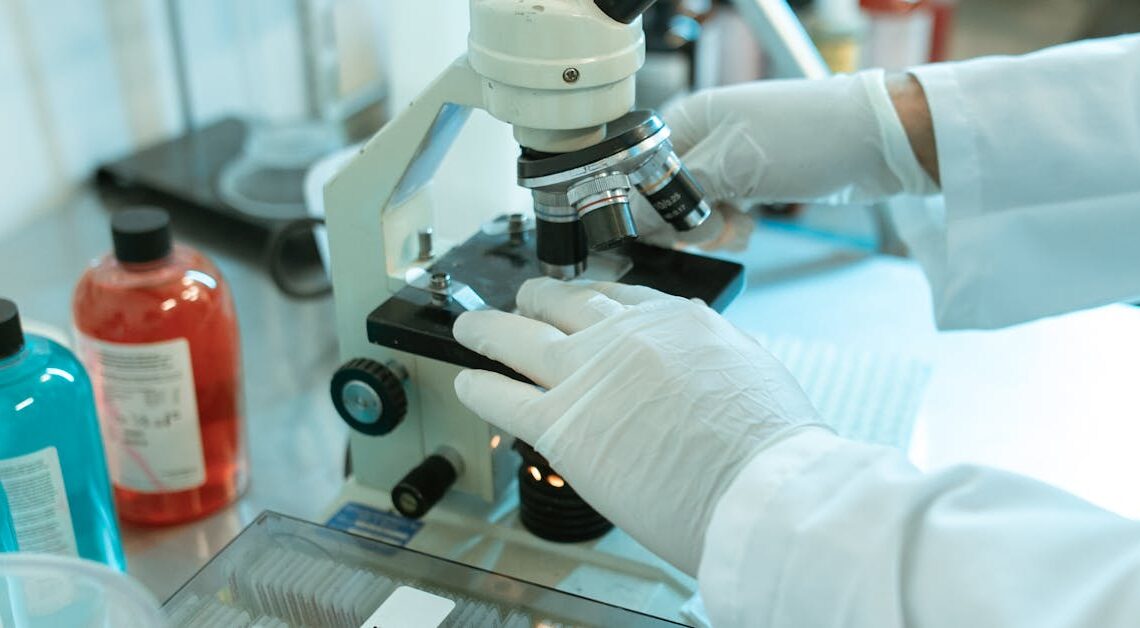
Top 20 Essential Laboratory Apparatus and Their Uses
Laboratory experiments are the cornerstone of scientific inquiry, enabling researchers to explore the mysteries of the natural world, uncover new phenomena, and develop innovative technologies.
At the heart of these experiments are the essential laboratory apparatus, a diverse array of tools designed to facilitate precise measurements, controlled reactions, and meticulous observations.
Trending Now!!:
From beakers and test tubes to microscopes and centrifuges, each apparatus serves a specific purpose, contributing to the advancement of knowledge in fields ranging from chemistry and biology to physics and engineering.
Lets take a look at the top 20 essential laboratory apparatus and their indispensable roles in scientific exploration and discovery.
1. Beaker
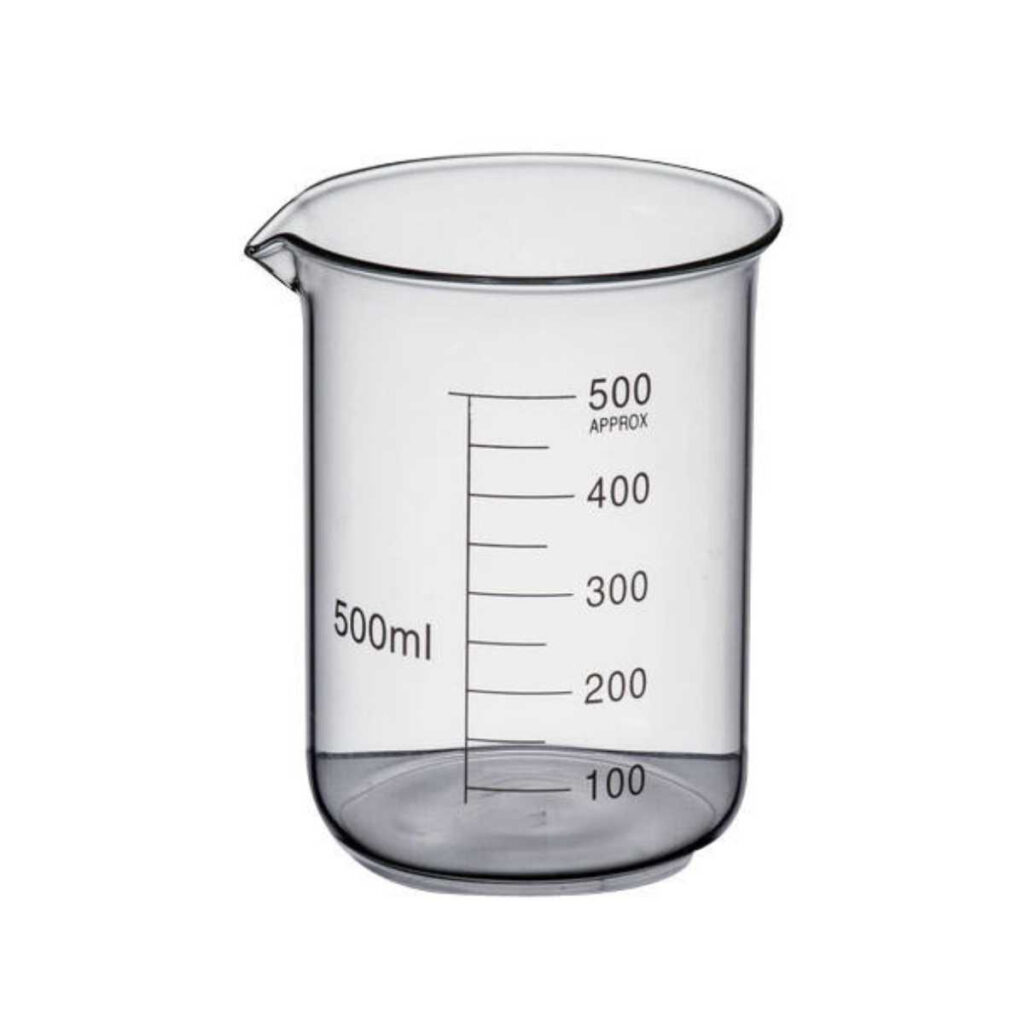
Beakers are versatile cylindrical containers with a flat bottom and a lip for easy pouring. Widely used in laboratories, they excel in holding, mixing, and heating liquids during experiments and reactions.
2. Graduated Cylinder
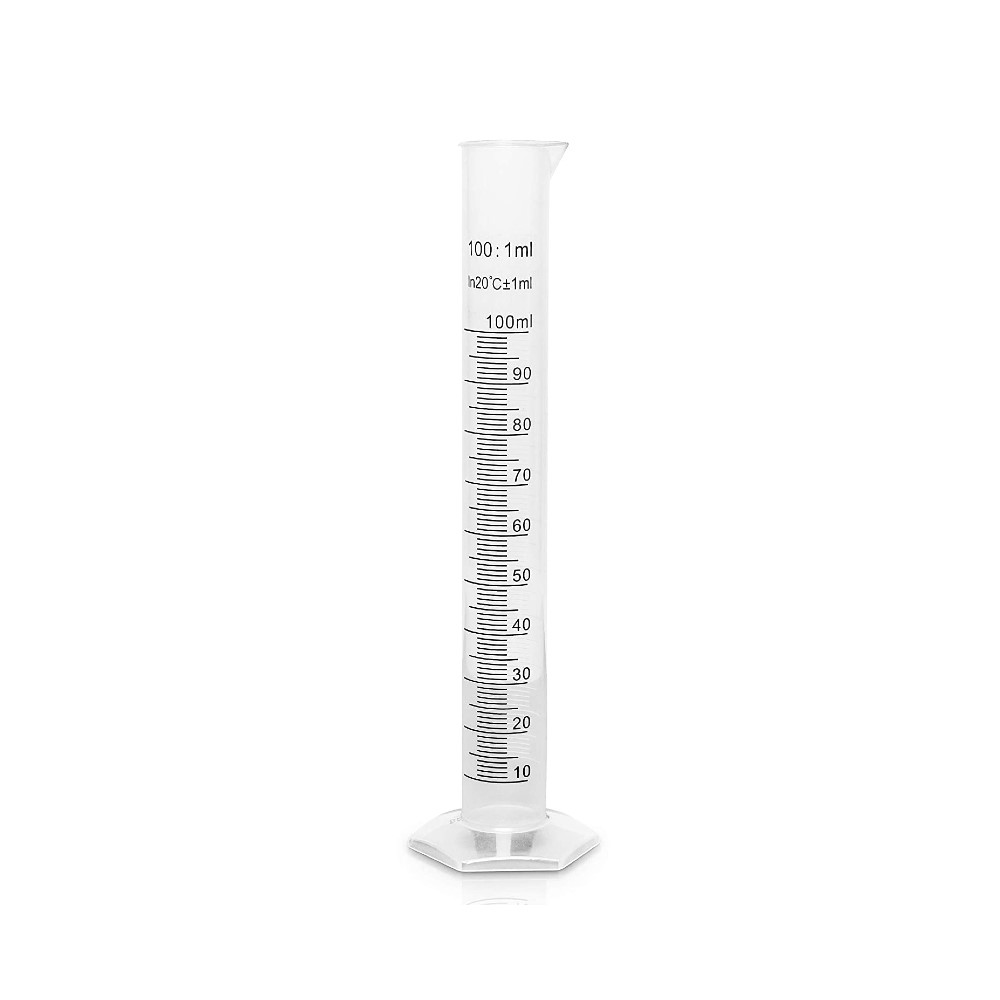
Precision is paramount in scientific measurements, and graduated cylinders offer just that.
These tall, narrow containers with volume markings provide accurate readings for liquid volumes, essential for ensuring the reproducibility of experimental results.
3. Test Tube
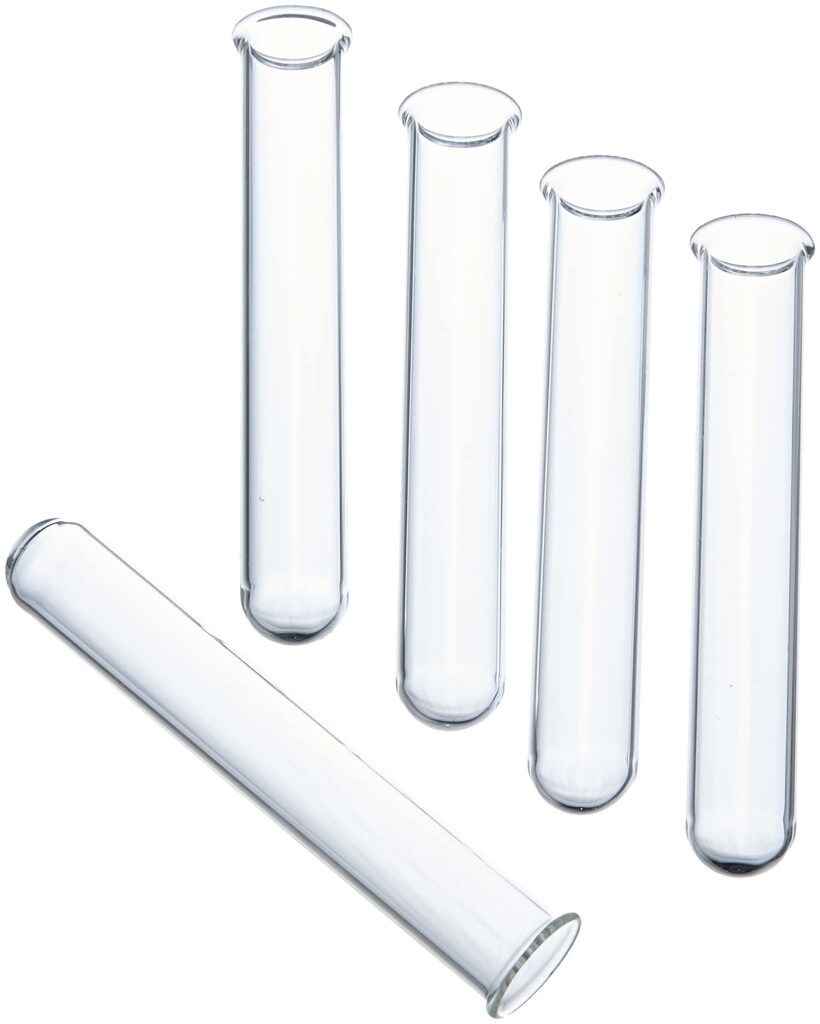
Test tubes are iconic symbols of laboratory work, serving as vessels for holding small quantities of substances during experiments.
Their cylindrical shape and versatility make them indispensable in a wide range of scientific procedures.
4. Bunsen Burner
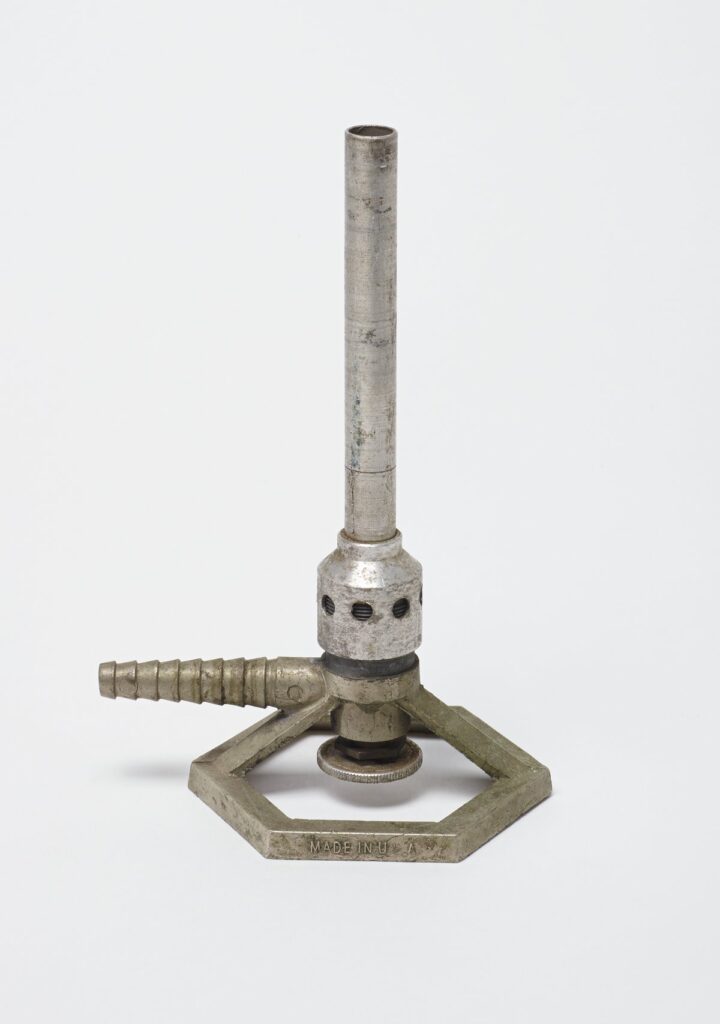
For controlled heating and sterilization, the Bunsen burner reigns supreme.
By producing a single open flame whose intensity can be adjusted, it facilitates a myriad of reactions, from simple heating to complex combustion processes.
5. Pipette
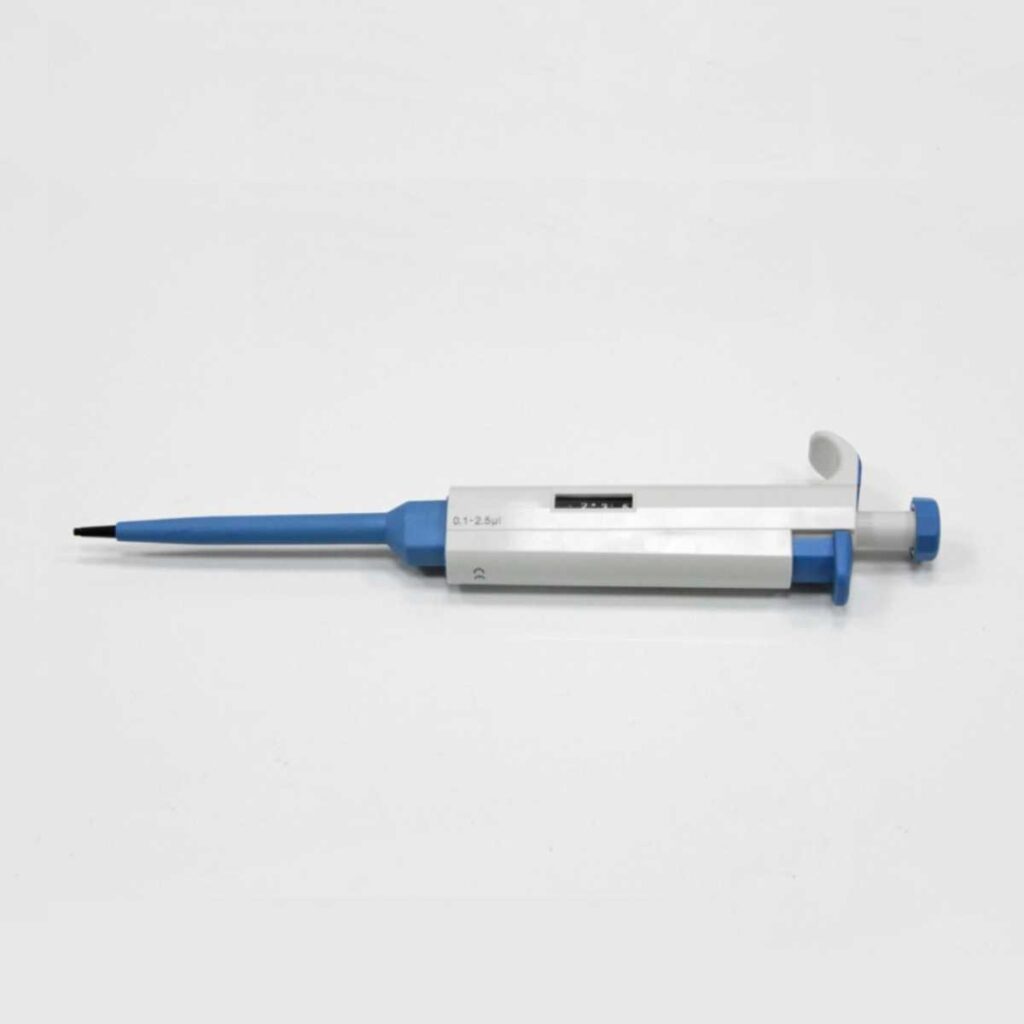
When it comes to precise liquid handling, pipettes are indispensable.
These slender instruments enable scientists to measure and transfer minute volumes of liquids with unparalleled accuracy, essential for analytical and biochemical assays.
6. Microscope

Unlocking the mysteries of the microscopic world is made possible by the microscope.
Through magnification and illumination, scientists can observe cells, microorganisms, and molecular structures with remarkable detail, advancing our understanding of life at the cellular level.
7. Thermometer
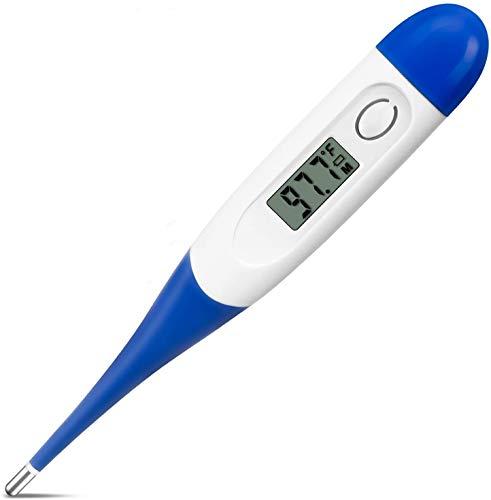
Temperature plays a critical role in many scientific processes, and thermometers are the tools of choice for accurate temperature measurement.
From monitoring chemical reactions to controlling environmental conditions, they are indispensable in laboratory settings.
8. Petri Dish
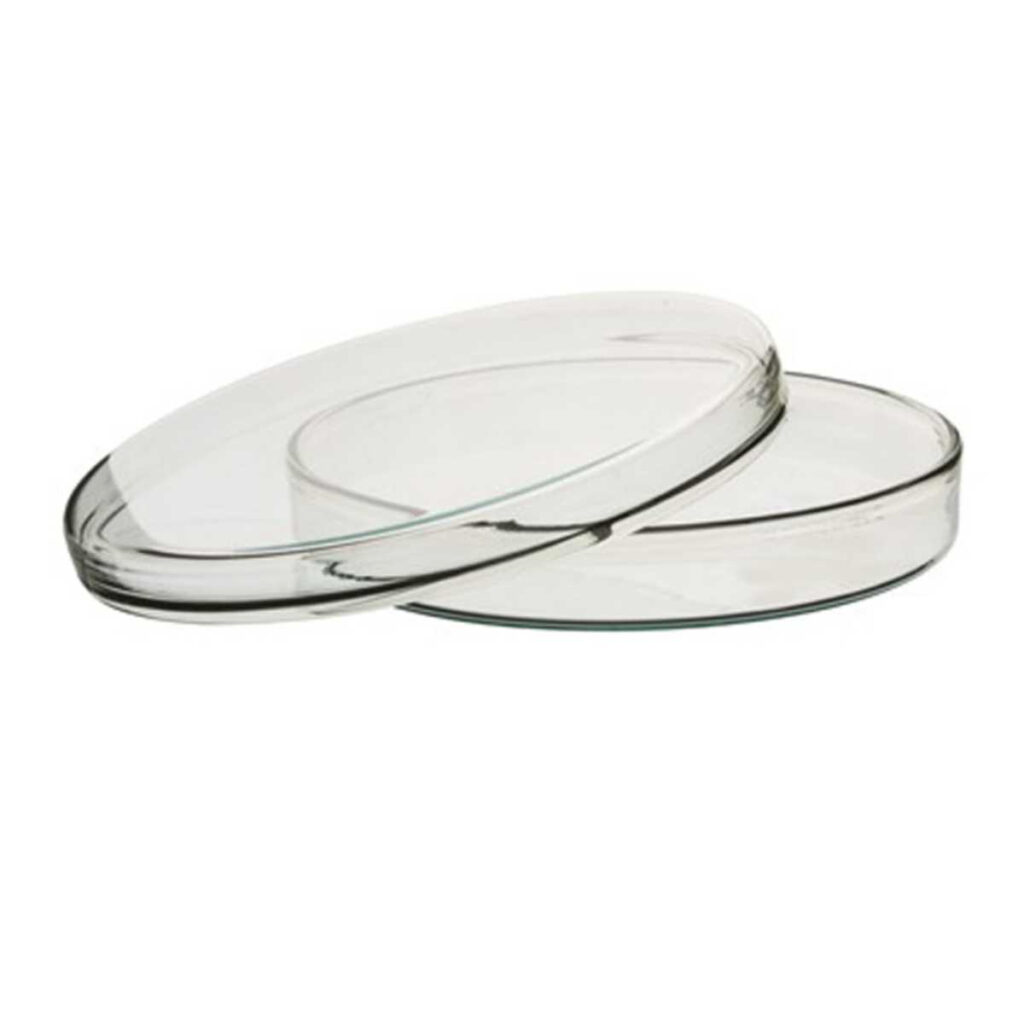
Petri dishes provide a controlled environment for culturing microorganisms and observing biological samples.
Their shallow, circular design and transparent lid make them ideal for studying microbial growth and behavior.
9. Magnetic Stirrer
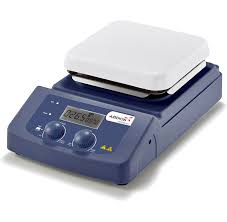
Achieving uniform mixing in liquid solutions is made effortless with magnetic stirrers.
By rotating a magnetic stir bar within the solution, they ensure thorough homogenization without the need for manual stirring, saving time and effort in the laboratory.
10. Centrifuge
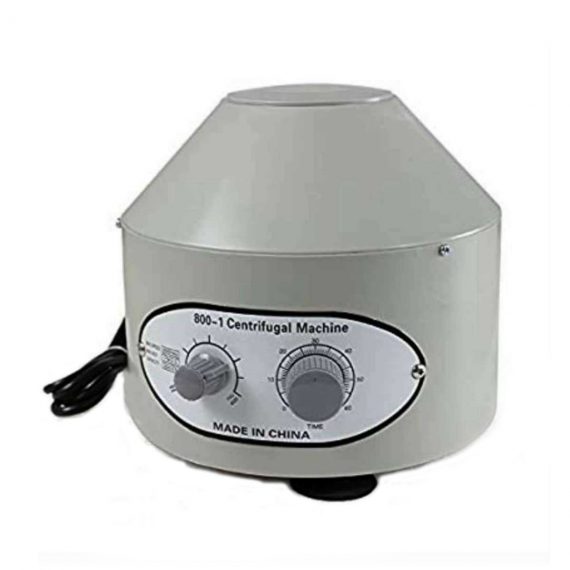
Separating substances based on density is a common task in laboratory research, and centrifuges excel in this regard.
By spinning samples at high speeds, they induce centrifugal forces that drive the separation of components, essential for isolating biomolecules and particles.
11. Incubator
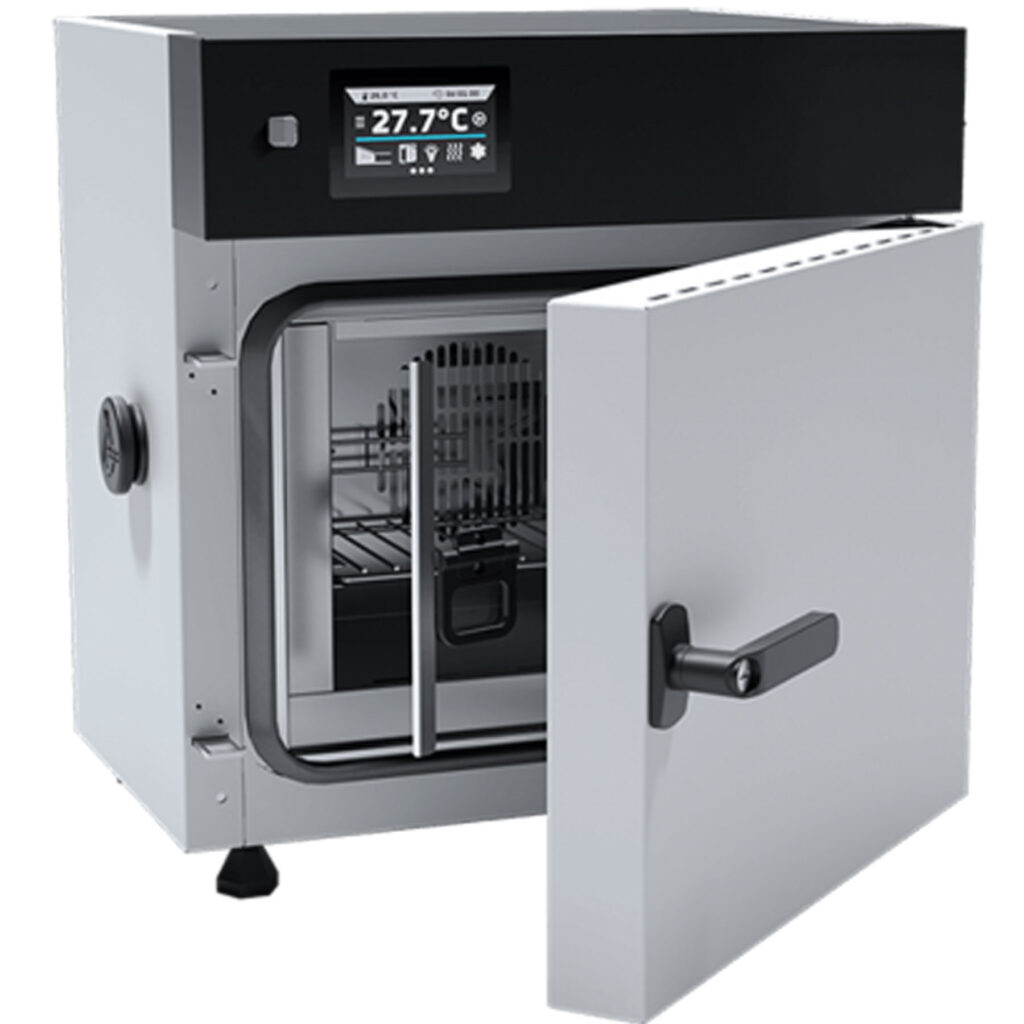
Maintaining optimal conditions for biological growth and experimentation is essential, and incubators provide precisely that.
With controlled temperature, humidity, and sometimes CO2 levels, they create ideal environments for cell culture, microbial cultivation, and biochemical assays.
12. pH Meter
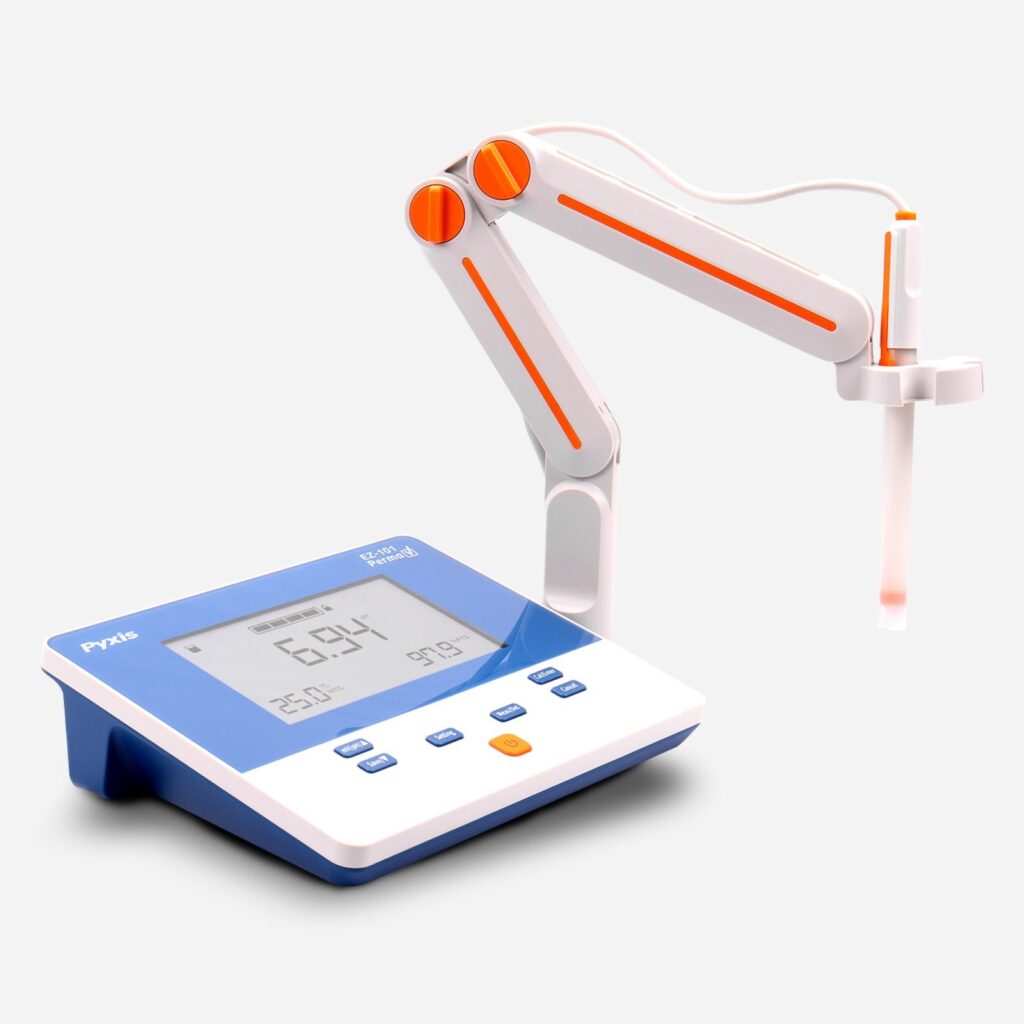
Acidity and alkalinity are fundamental properties of aqueous solutions, and pH meters are the go-to tools for their precise measurement.
By quantifying the concentration of hydrogen ions, they enable researchers to monitor and control pH-dependent processes with accuracy.
13. Spectrophotometer
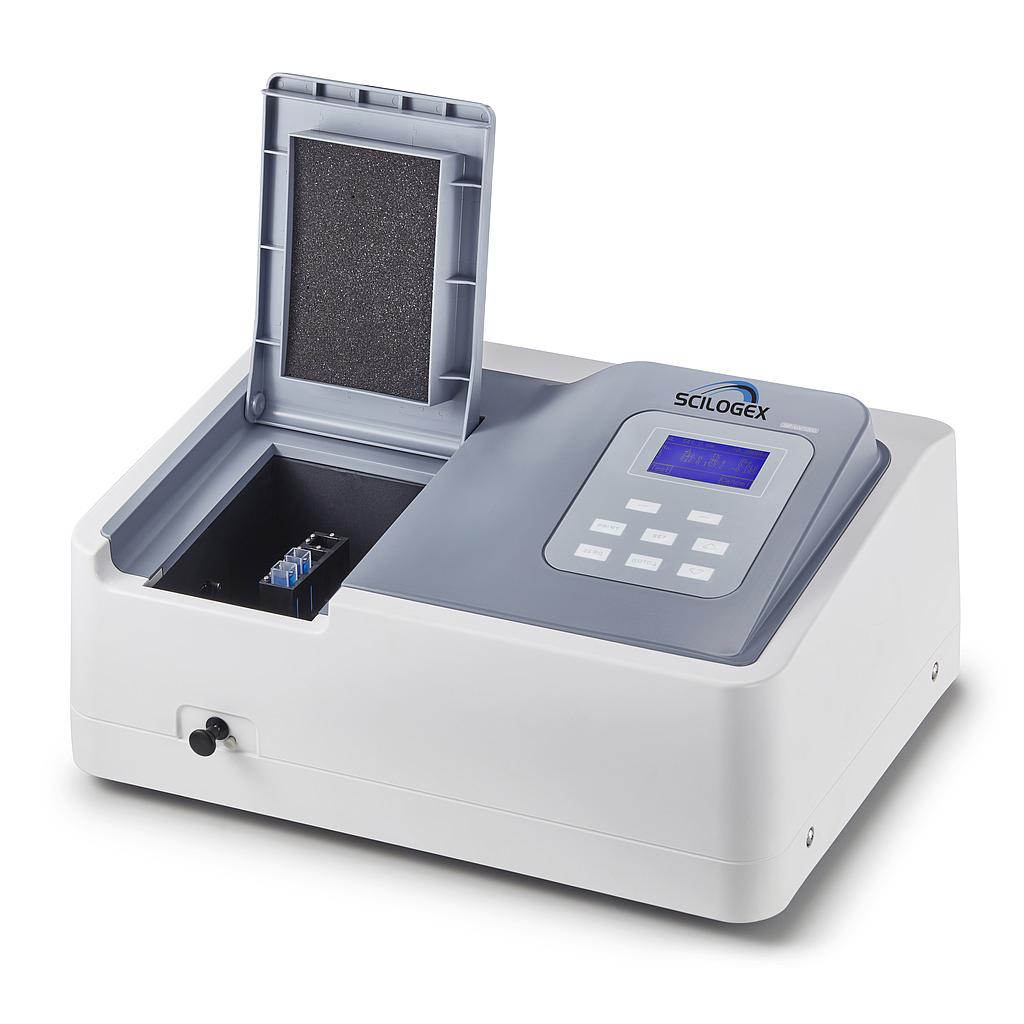
Quantifying the absorption of light by chemical substances is made possible by spectrophotometers.
These instruments measure the intensity of light at different wavelengths, providing valuable insights into the concentration and properties of analytes in solution.
14. Desiccator
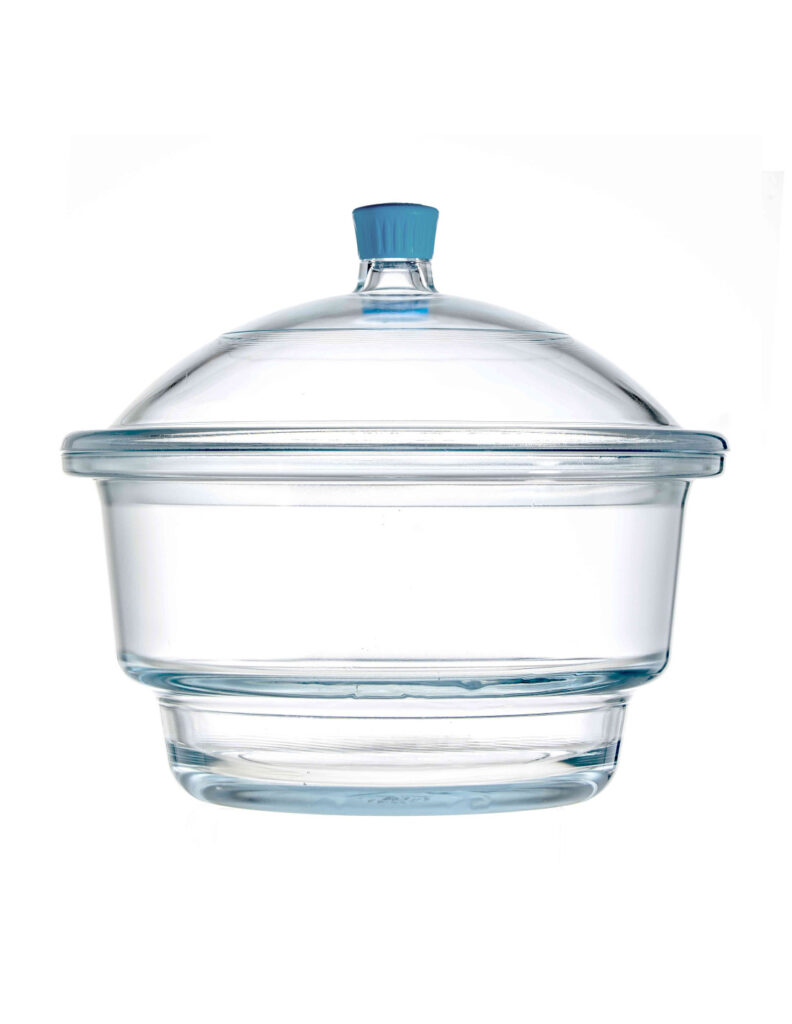
Preserving the integrity of moisture-sensitive samples is crucial in many laboratory applications, and desiccators are the solution.
By creating a low-humidity environment, they prevent the degradation of hygroscopic compounds and ensure reliable experimental results.
15. Crucible Tongs
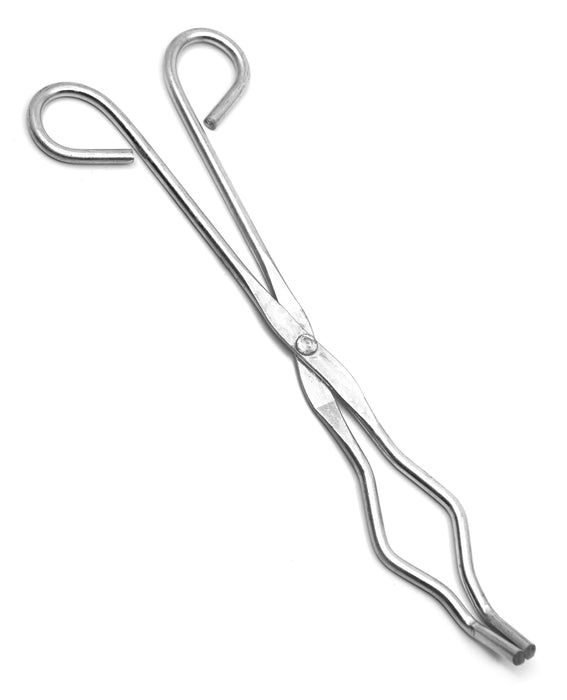
Heating substances to high temperatures without compromising safety is made possible by crucibles and crucible tongs.
These specialized tongs enable the handling and manipulation of hot materials during chemical reactions and material synthesis.
16. Titrator
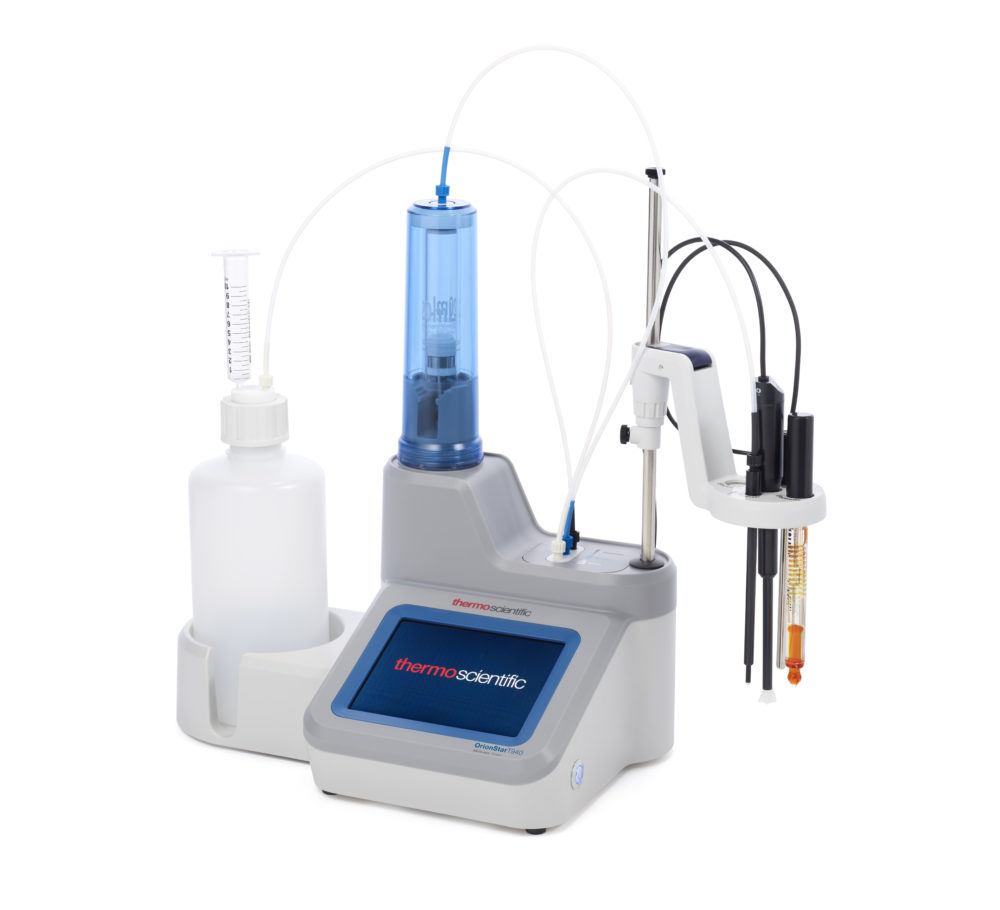
Accurate determination of solution concentrations is essential in analytical chemistry, and titrators excel in this task.
By precisely dispensing titrant solutions and monitoring reactions, they enable the quantitative analysis of acids, bases, and other chemical species.
17. Hot Plate
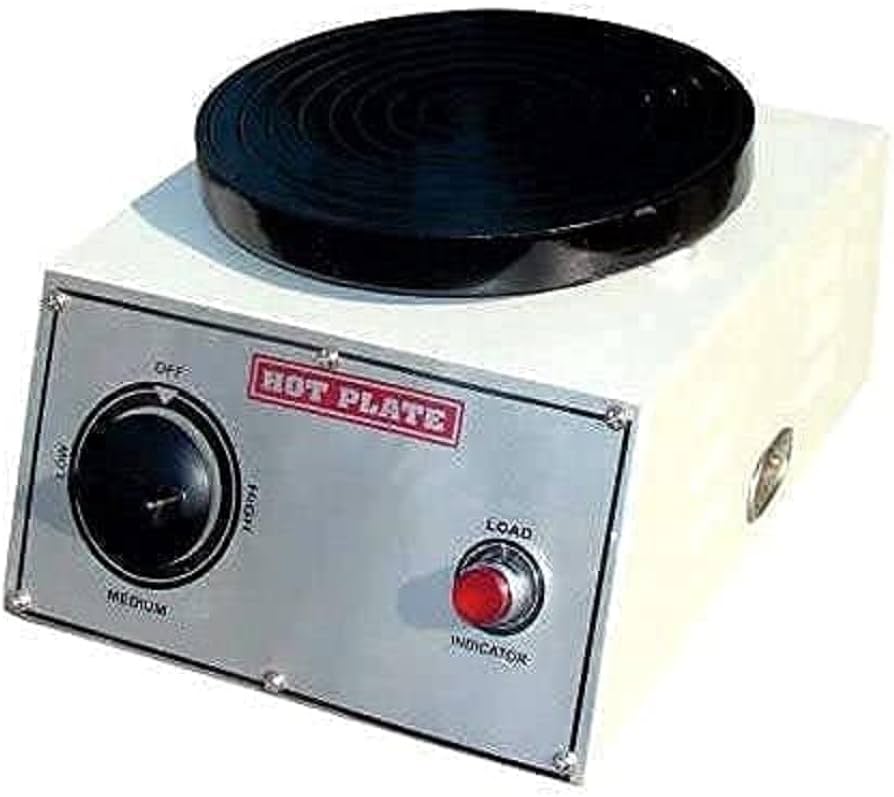
Providing a uniform source of heat for laboratory experiments is the domain of hot plates.
With adjustable temperature settings and flat heating surfaces, they facilitate heating, boiling, and evaporation processes with precision and control.
18. Filter Paper and Funnel
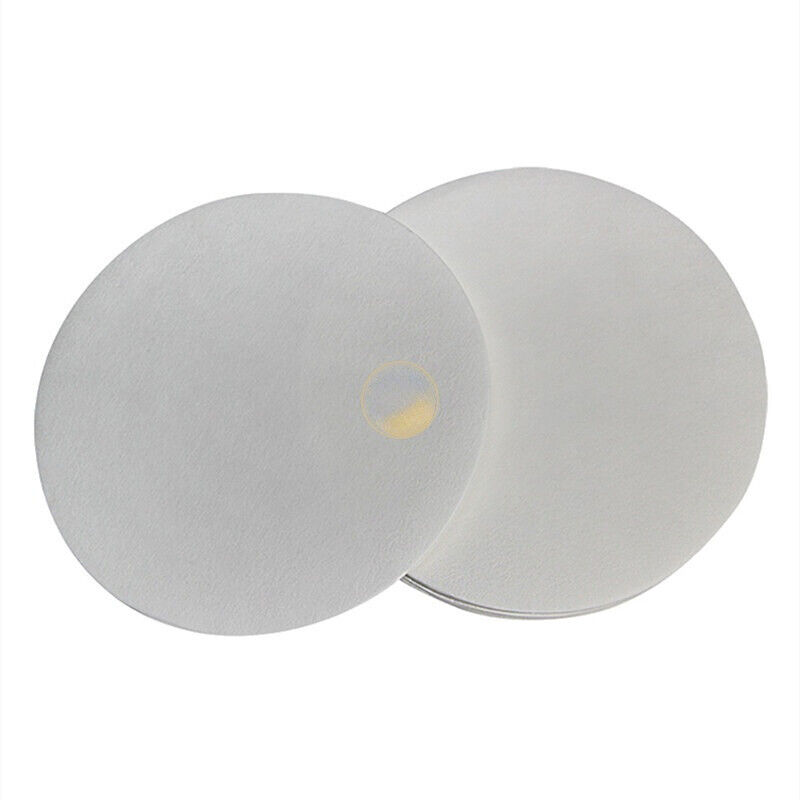
Separating solids from liquids through filtration is a routine procedure in many laboratories, and filter paper and funnels are the tools of choice.
By trapping solid particles while allowing liquids to pass through, they enable the purification and isolation of substances.
19. Buret
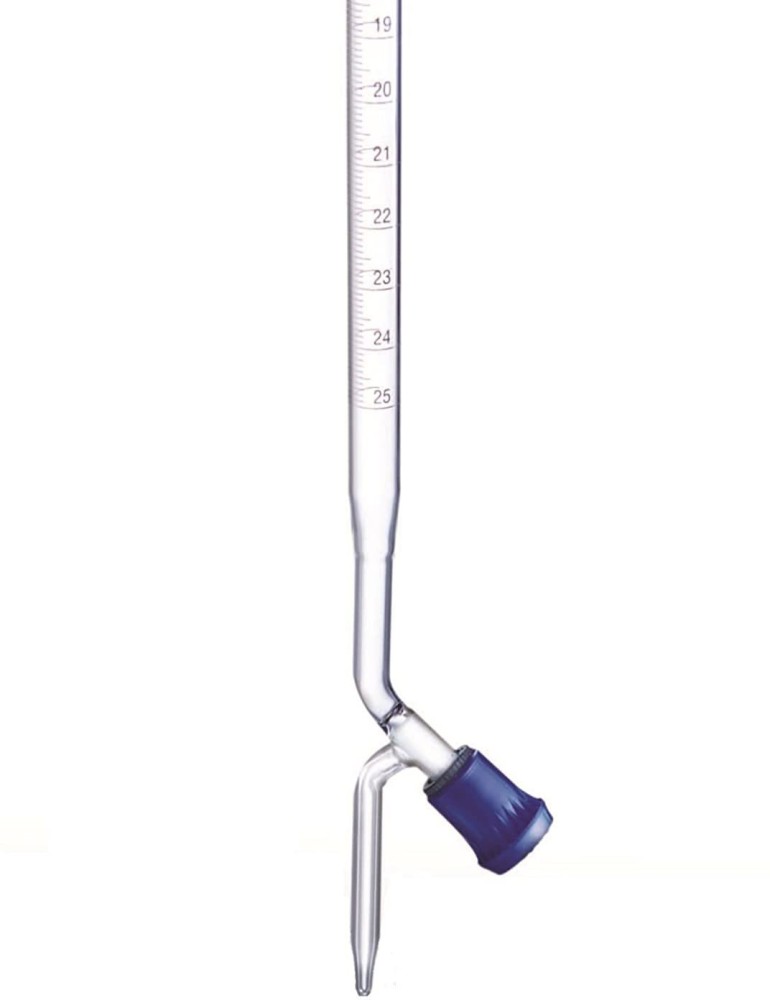
Accurate and controlled addition of liquids is essential in volumetric analysis, and burets are the instruments of choice.
With precise volume markings and adjustable stopcocks, they enable the titration of solutions with exceptional accuracy and reproducibility.
20. Microcentrifuge Tubes or Eppendorf Tubes
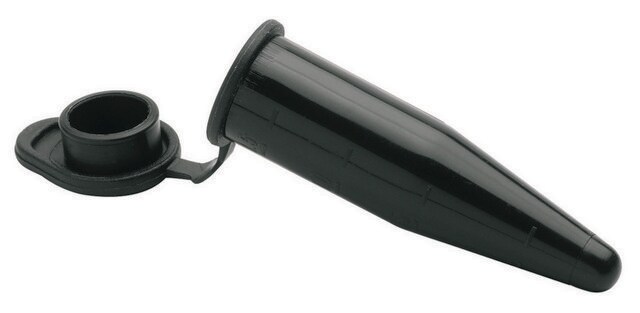
Microcentrifuge tubes, commonly referred to as Eppendorf tubes, serve as diminutive plastic containers used within laboratory settings for an several purposes.
These include but are not limited to storing, preparing, transporting, mixing, boiling, freezing, and centrifuging both samples and reagents.
Their application is common in fields such as molecular biology and life sciences.
In conclusion, the essential laboratory apparatus outlined above are the backbone of scientific discovery, enabling researchers to conduct experiments, analyze samples, and obtain accurate results across diverse fields of study.
From measuring volumes and temperatures to observing microscopic structures and separating substances, these tools play indispensable roles in advancing knowledge and driving innovation in the pursuit of scientific understanding.


